
Are you intrigued by the title of this article? Or were you confused when you first read it just like the appearance of this coconut shell? If you are confused don't worry because you are not alone. We are both confused. Hehehe. Sounds funny. Don't worry about your confusion, just continue reading this blog to make your mind clear. My dear Hivers, I will share with you my experience in translating common dialects. This term I used to translate is about my favorite recipe for a kind of fish.
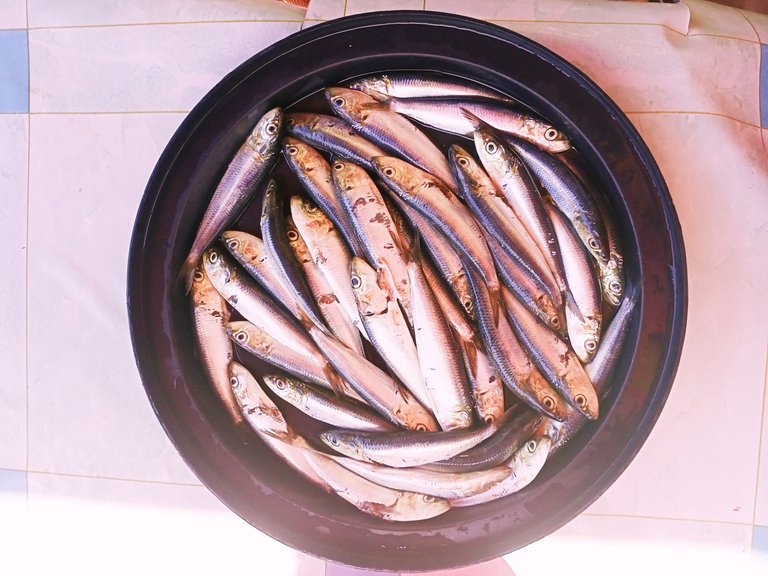
Above is the actual image of the fish to show what it looks like. Don't be bothered by the minor scratches on its skin. It's not rotten, it's still fresh. It's only a mark of the knife after I removed the scales. This fish is called in the Cebuano dialect "TULOY." If you go to Malapascua Island, the people there call it "MEMIS." These two words are what I use to find a translation in English. I did not find a satisfactory translation in my search. I tried to search on Google for the word "MEMIS." Google's answer is a word with a spelling simply differed with one letter from "MEMIS" to "MEMES." This is not the exact translation because it refers to a funny image or video clip. I tried another spelling "MIMES", the translation given is the same word.
So I tried the word "TULOY." Google's answer is "WELCOME." I'm still confused by this translation but it seems close to the truth because I remember that when I have guests I like to prepare this fish sometimes to welcome them. After all, it's economical.
Still unsatisfied, I searched for "TULOY" a second time. Google responded with "CONTINUE." And here I thought of a funny sentence using these two Google translations and this is what I came up with, " WELCOME guests just CONTINUE your meal with my favorite recipe." Hehehe. It seems that these two words have a close relationship. Until it came to my mind that "TULOY" is the common fish found in canned sardines. I then tried searching on Google for the title "TYPES OF FISH USED IN SARDINES CANNING."
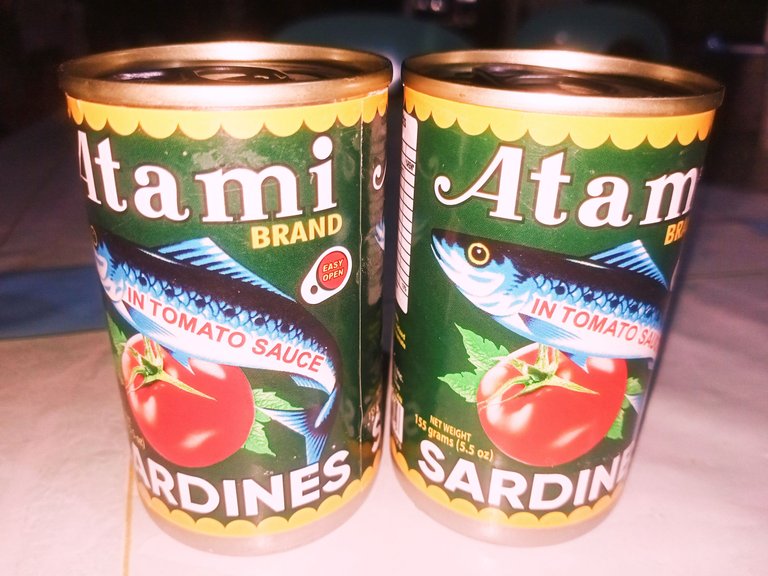
That's when I discovered that "SARDINES" is the English term for "TULOY." Finally, I found the exact word. I almost got old when I searched for this word but unexpectedly the answer can be bought at any store. Hehehe. Google is a great help if we have any confusion.
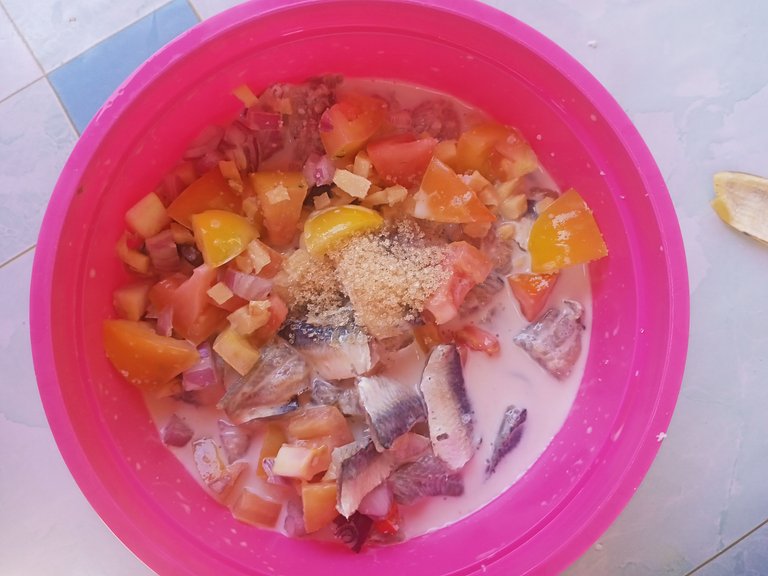
Now, it's time to prepare my favorite dish of sardines locally called "KINILAW."The word "KINILAW" does not have an equivalent word in English because it is a Filipino recipe and may not be found in English-speaking countries. For those who don't have an idea about this recipe, this is a dish that doesn't need to be cooked. It can be eaten raw. How to prepare? This is the process:
Clean the sardines well and then remove the scales and slice them into pieces. To remove the fishy smell, wash it with pure coconut vinegar. After that, put the sliced sardines into a clean bowl.
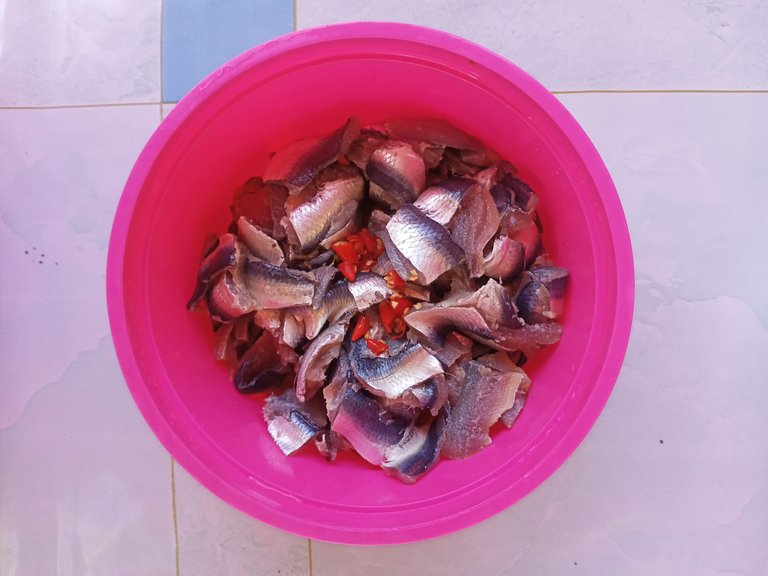
Secure spices such as ginger, onions, tomatoes and lemons. Wash the spices thoroughly with plain water and slice them into pieces. Pour the sliced spices into the bowl of sardines.
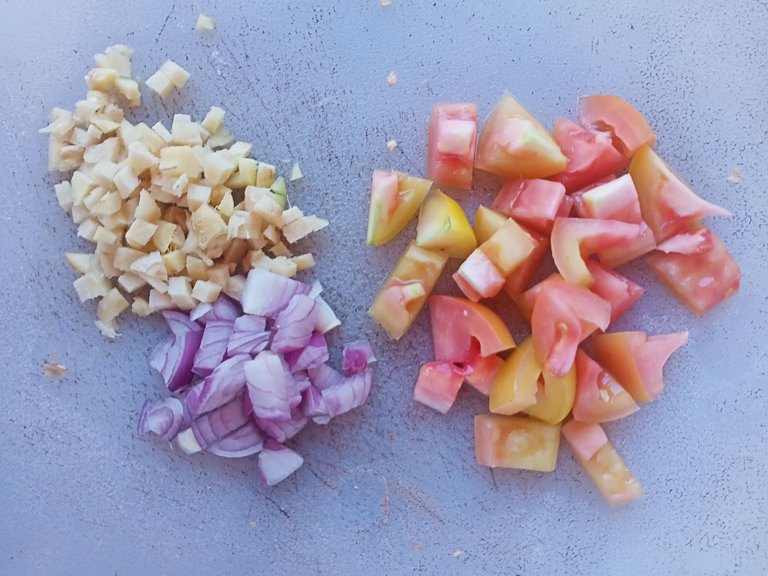
If you want it hot and spicy, you can add chili, the amount depends on the hotness you can handle. Add 1 tablespoon of salt. Stir the mixture thoroughly to enable the absorption of salt.
Secure a mature coconut fruit.
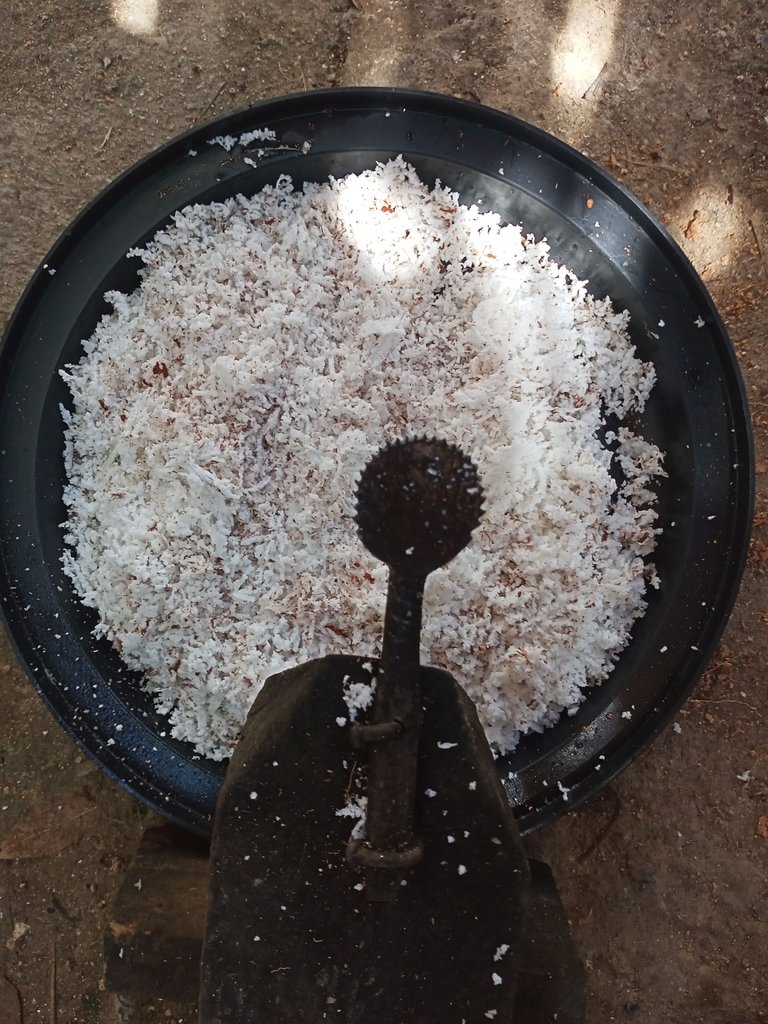
Remove the husk and cut it into two halves. Using a coconut grater, grate the coconut meat so that we can extract its milk. To extract the milk, pour 1 scoop of pure coconut vinegar into the grated coconut meat.
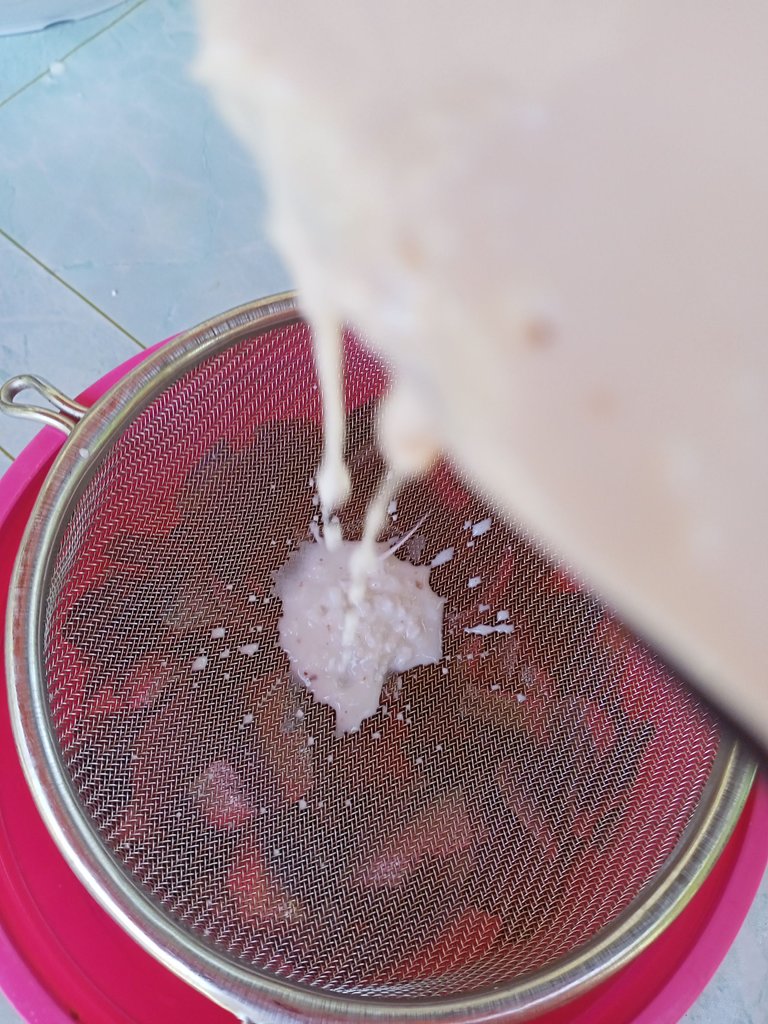
Press the mixture using your hands then separate the meat and the milk using a fine strainer. After refining the milk, Let's pour the coconut milk into the mixture of spiced sardines to make it very tasty. Now our "KINILAW" recipe is ready for a meal. This recipe is one of the most favorite dishes of many Filipino people because it has a distinct taste from the common Filipino foods. However, too much consumption of this may lead to health problems. Therefore, eat moderately.
My fellow Hivers that's all for this blog. Thank you for your support and for taking the time to read this article. Have a nice day.
Oh, this is funny. Now I know that sardines are tuloy. But it fairness,tuloy na kinilaw is also one my favorite fish dish most especially tunuan siya. Busog much jud. Thanks for sharing sr.
Thank you ma'am @dehai.
Congratulations @edver143! You have completed the following achievement on the Hive blockchain And have been rewarded with New badge(s)
Your next payout target is 1000 HP.
The unit is Hive Power equivalent because post and comment rewards can be split into HP and HBD
You can view your badges on your board and compare yourself to others in the Ranking
If you no longer want to receive notifications, reply to this comment with the word
STOPTo support your work, I also upvoted your post!
Check out our last posts:
Thank you @hivebuzz for the awesome recognition.
Ww sir @edver143. Nice lagi ni...Thanks for sharing this recipe sir
Welcome ma'am @crownrich. Favorite recipe jud ni nako Ang kinilaw.
We have same coconut grater 😊
Thank you @anggreklestari.
Wow, sir, I've been missing this recipe, @edver143 one of my favorites💛. Thank you for sharing it again, sir. I'll be trying this recipe once more because I'm craving it after seeing this post.
Thank you ma'am @nineglimpse for your appreciation of this delicious recipe.
sili kulikot. You'll eventually produce a hissing or a whistling sound...😂. But, you won't stop eating though. So yummy!That's my favorite @edver143. Especially if you add more red hot pepper or what commonly known as
Thank you sir @natsve54. Pinakalami jud ani Kung daghan ug sili panington ug bugnaw.😄😄😄